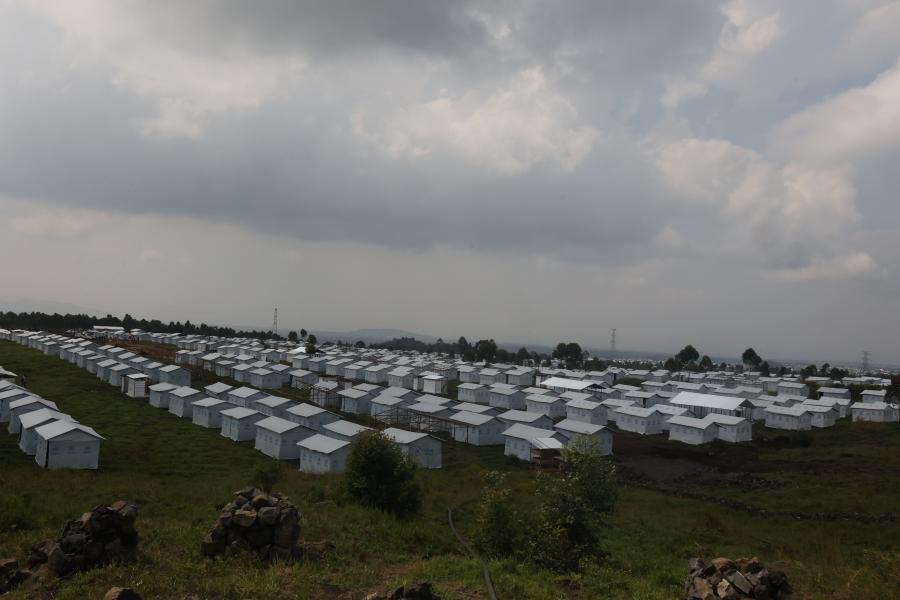Main documents
The Democratic Republic of the Congo is home to over 529,000 refugees and asylum-seekers who have fled violence in neighbouring countries, mainly the Central African Republic, Rwanda, Burundi and South Sudan. The majority (72%) live outside refugee camps or settlements, and only 3% live in urban areas.
Due to high levels of insecurity and large-scale violence against civilians, some 5.6 million Congolese are internally displaced in the DRC, with over 4 million in the eastern provinces of South Kivu, North Kivu and Ituri alone. Over 990,000 refugees and asylum-seekers from the DRC are currently sheltered across the African continent.
The UNHCR DRC Country Office provides protection and assistance for all those forced to flee and the people at risk of statelessness within the country. UNHCR works in close collaboration with the Government to find long-term solutions to forced displacement and strengthen refugees' self-reliance, internally displaced and host communities.
Read more about what is happening in DRC:
- UNHCR gravely concerned by worsening violence and humanitarian crisis in eastern DR Congo (January 2025)
- Escalating violence in eastern DR Congo displaces more than 230,000 since start of year (January 2025)
Populations
Population types
Note: The "Stateless" category does not include stateless people who are also in other categories, to avoid double counting. The total number of stateless, across all categories, is .
NB: 2025 figures are planning figures.
Source: UNHCR Refugee Data Finder for years until 2022, UNHCR planning figures (COMPASS) otherwise.
Population by country
NB: 2025 figures are planning figures.
Source: UNHCR Refugee Data Finder for years until 2022, UNHCR planning figures (COMPASS) otherwise.
Population by origin
NB: 2025 figures are planning figures.
Source: UNHCR Refugee Data Finder for years until 2022, UNHCR planning figures (COMPASS) otherwise.
Financials
Budget and expenditure trend
Budget information for the current year is updated monthly, while budget and expenditure information for all other years are final.
Budget by pillar
Budget by objective
Note: The table presents the budget for this operation broken down at the objective level. Resource allocation at the objective level is subject to change during the course of the year as the operational situation evolves and priorities shift. The current budget, reflected in the bottom line of this table, is updated on a monthly basis and is replaced by the final budget at year-end.
Expenditure by Outcome Area
Budget by Impact Area
Source: 2023 budget as approved by the Executive Committee in October 2022.
2022 current budget as approved by the High Commissioner as of October 2022; pending presentation to the ExCom's Standing Committee.
Budget by Outcome and Enabling Areas
Source: 2023 budget as approved by the Executive Committee in October 2022.
2022 current budget as approved by the High Commissioner as of October 2022; pending presentation to the ExCom's Standing Committee.
Budget by Impact Area
Source: 2024 budget and 2023 current budget are taken from the budget document approved by UNHCR's Executive Committee in October 2023.
Budget by Impact Area
Budget information for the current year is updated monthly, while budget and expenditure information for all other years are final.
Budget by Outcome and Enabling Areas
Budget by Outcome and Enabling Areas
Budget information for the current year is updated monthly, while budget and expenditure information for all other years are final.
Budget by Impact Area
Budget by Outcome and Enabling Areas
Strategy
Impact Statements
Latest updates
The boundaries and names shown and the designations used on this map do not imply official endorsement or acceptance by the United Nations.
UNHCR GIS data is publicly accessible in the Operational Data Portal









